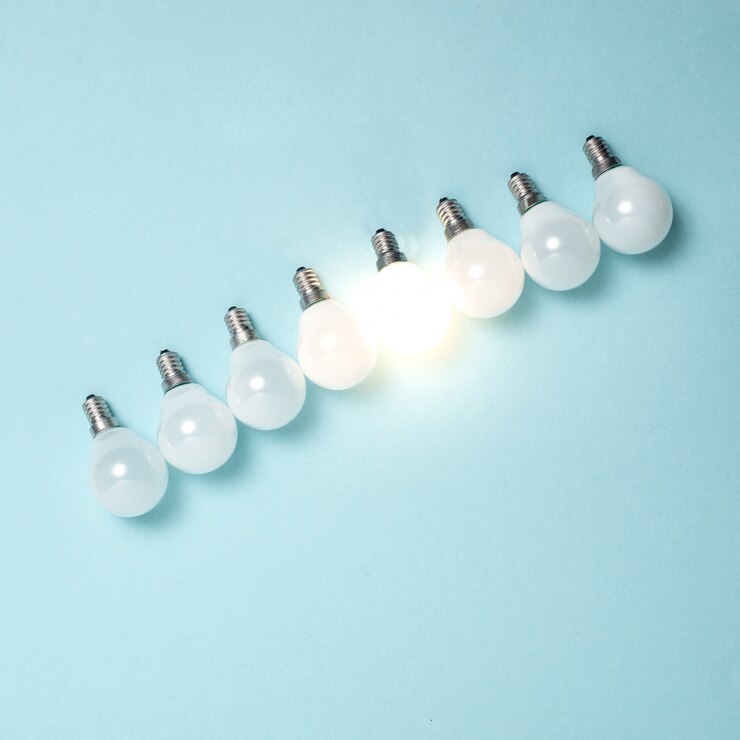From an early age, scientists learn that their discoveries are just stepping stones in the grand scheme of progress – innovations evolve, building upon what came before. Imagine the satisfaction Thomas Edison would have felt knowing his incandescent bulb, invented in the late 1800s, illuminated the world for over a century.
Yet, as a scientist, he’d understand that progress means innovation, leading to more efficient alternatives. Enter compact fluorescent light bulbs (CFLs), now increasingly replacing traditional incandescent bulbs since the Energy Independence and Security Act mandated greater energy efficiency in light bulbs sold in the U.S. by 2014.
Efficiency of CFLs Though you might still find incandescents lying around, once depleted, they’ll be a thing of the past. Given their inefficiency – with about 90% of energy emitted as heat rather than light – the transition to CFLs, which last longer and use less energy, makes sense. CFLs operate by passing electricity through a tube containing argon and a small amount of mercury, producing UV light that interacts with a fluorescent coating, resulting in visible light.
According to the U.S. Department of Energy and the Environmental Protection Agency, CFLs produce 75% less heat, use 75% less energy, and last around 10 times longer than incandescents.
However, while CFLs offer advantages, they come with some drawbacks. Here’s a breakdown:
Advantages:
- Easy installation: CFLs fit standard light fixtures, simplifying the transition.
- Variety: They come in various colors, albeit less common ones may require extra effort to find.
Disadvantages:
- Special disposal: Due to mercury content, CFLs require proper recycling, unlike incandescents.
- Higher initial cost: While pricier upfront, savings over time offset the initial investment.
- Compatibility issues: CFLs may not perform well with remote or dimmer switches, though ongoing improvements aim to address this.
- Slow startup: CFLs may take a few minutes to reach full brightness.
- Reduced efficiency with frequent on-off cycles.
As CFLs are about four times more efficient, replacing a 60-watt incandescent with a 15-watt CFL is typical. Expect some transitional challenges, but don’t hesitate to seek guidance from a local electrician like Experts In Your Home in the Chico area. We’re here to brighten your path forward.

